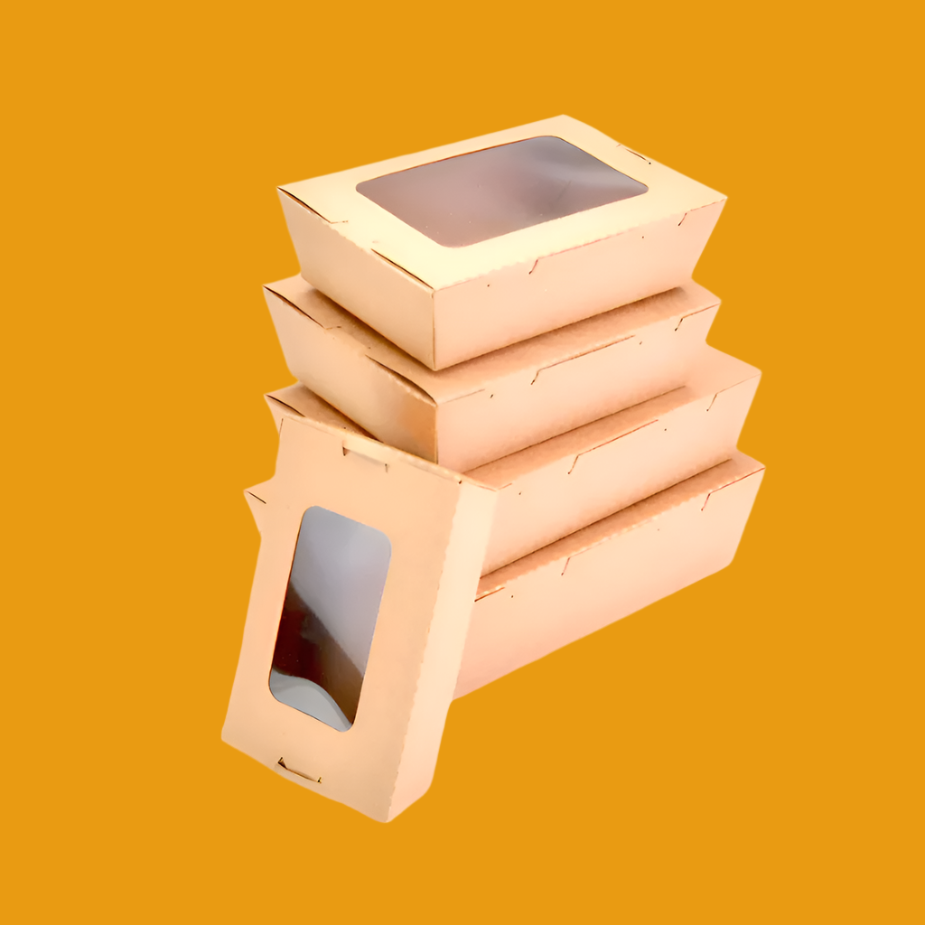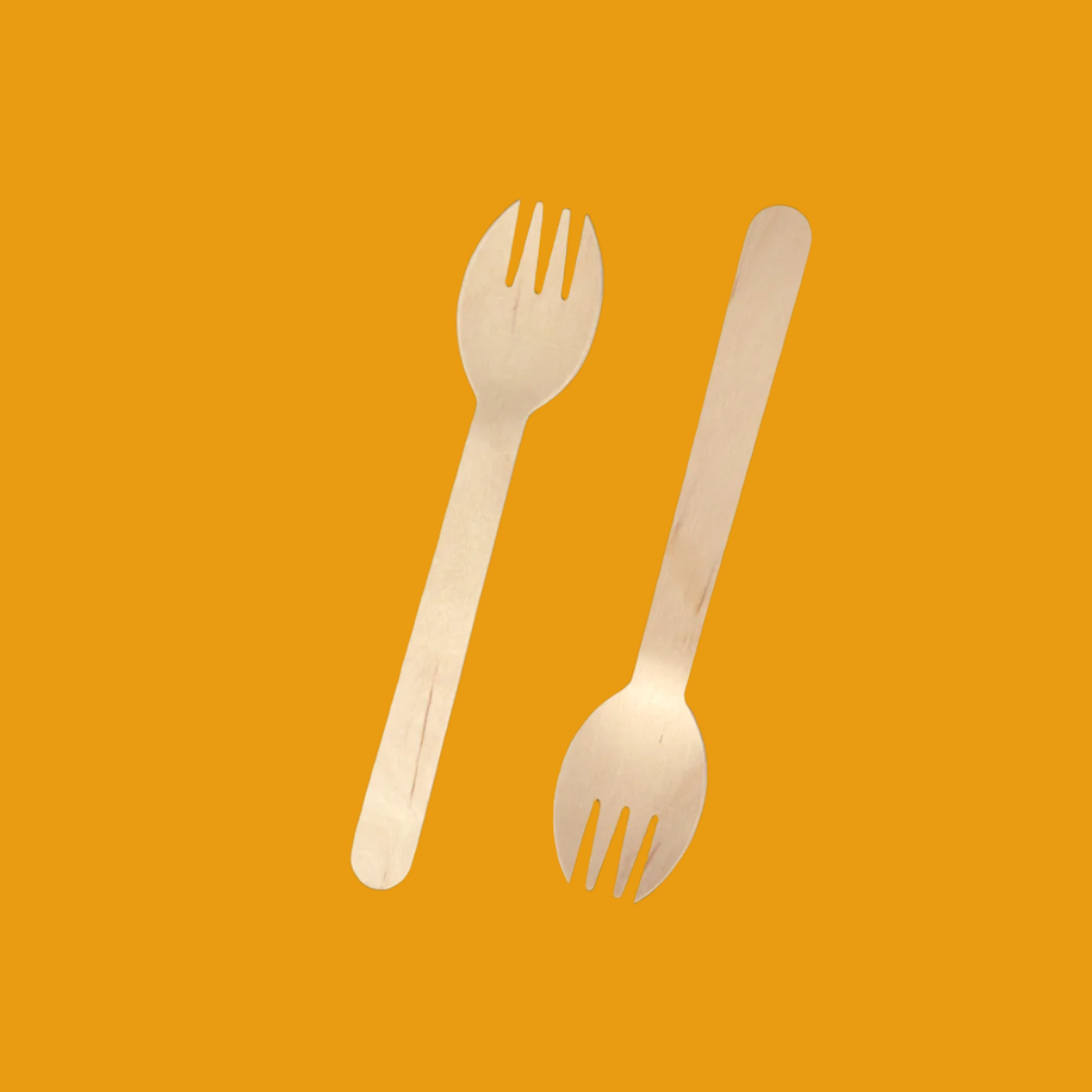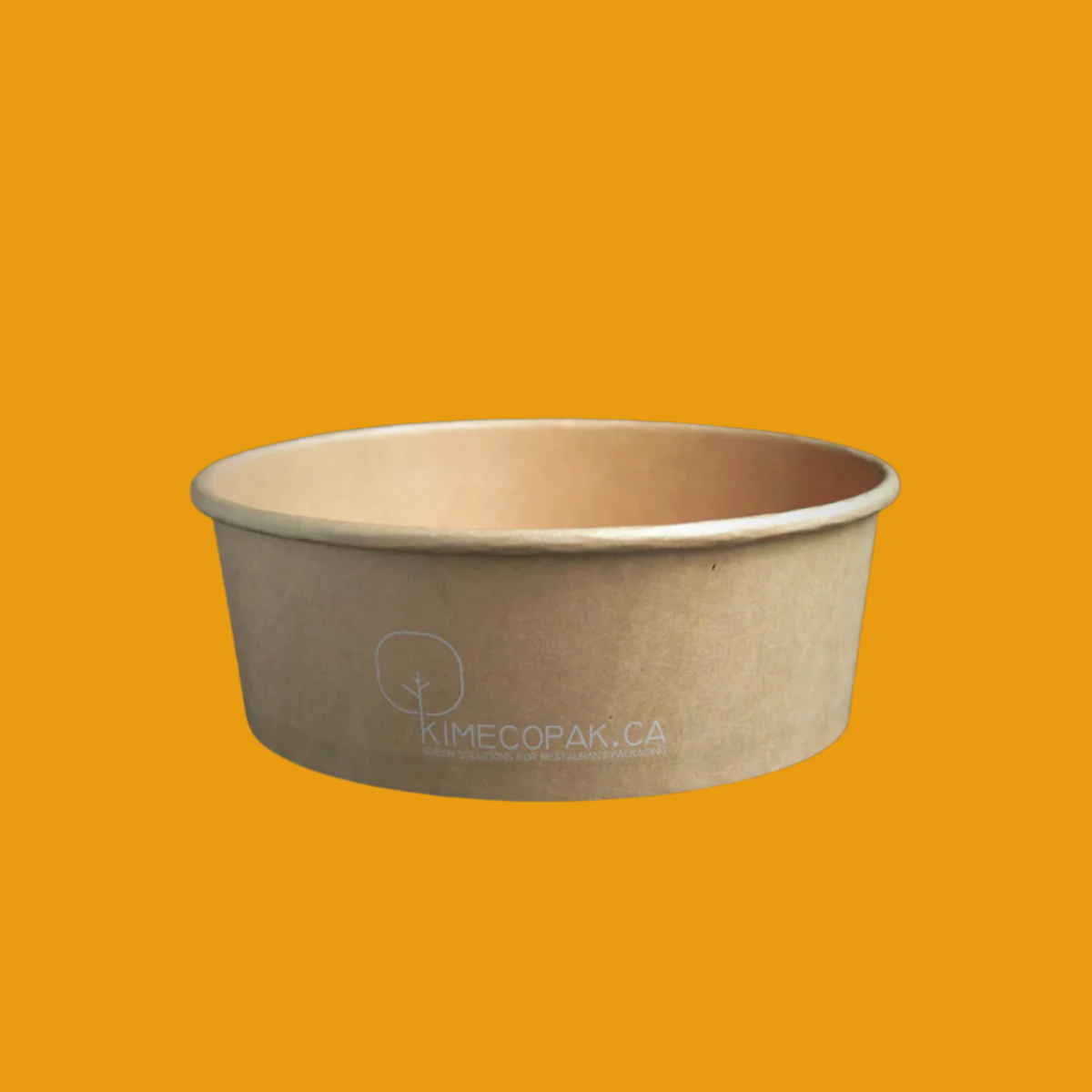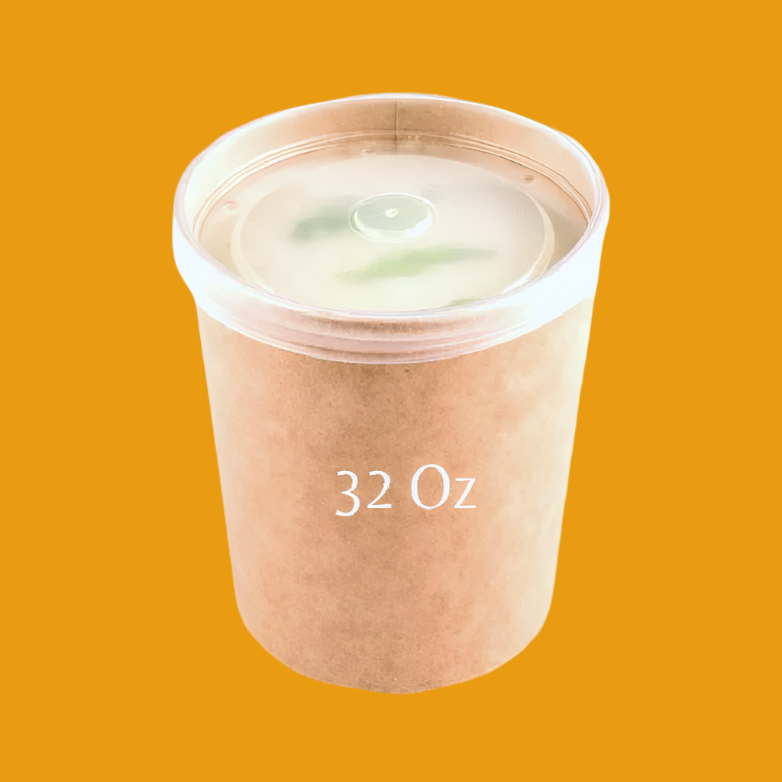Coffee grind size is one of the most important—but often overlooked—factors in brewing a perfect cup of coffee. Whether you're using a French press, espresso machine, or pour-over dripper, the size of your grind can make or break the flavor of your brew. From bold and bitter to smooth and balanced, understanding how grind size affects extraction is key to unlocking the full potential of your beans. In this guide, we’ll explore why grind size matters and how to choose the right one for your favorite brewing method.
-
Coffee Bean Size: Understanding Its Importance in Coffee Quality and Flavor
-
How to Brew Coffee at Home: A Comprehensive Guide for Beginners and Coffee Enthusiasts
-
How to Brew Coffee with a French Press: A Complete Guide
Why Coffee Grind Size Matters: The Foundation of Flavor

The Impact of Surface Area on Extraction
The grind size of coffee plays a crucial role in how flavors are extracted during the brewing process. When coffee beans are ground, the surface area exposed to water increases.
- Finer grinds have more surface area, allowing water to pass through them quickly. This leads to faster extraction, meaning that flavors and oils from the coffee can be drawn out more efficiently. However, this quick extraction can sometimes lead to undesirable flavors if the brewing time is not carefully managed.
- Coarser grinds, on the other hand, have less surface area. This means that water takes longer to extract flavors from the coffee grounds. As a result, methods that use coarser grinds typically require a longer steeping time to reach the desired flavor balance.
The Consequences of Incorrect Grind Size
Choosing the wrong grind size can have significant effects on the taste of your coffee, leading to under-extraction or over-extraction.
- Under-extraction occurs when the coffee is ground too coarse for the brewing method used. This results in a cup that tastes sour, weak, and lacks depth. You may find that certain flavors are muted or entirely absent, leading to an unsatisfying experience.
- Over-extraction happens when coffee is ground too fine. When this occurs, flavors can become bitter, astringent, and hollow. Many coffee drinkers may describe this sensation as harsh, detracting from the enjoyable aspects of the coffee.
The Spectrum of Coffee Grind Sizes: From Coarse to Fine

Understanding the different grind sizes can help you choose the right one for your brewing method. Here’s a breakdown of the primary grind sizes from coarser to finer options.
Extra Coarse Grind
- Largest particle size, resembling coarse salt.
-
Best for: Cold Brew (long steeping time).
Extra coarse grounds allow for a slow and gentle extraction, making them ideal for cold brews that steep for 12-24 hours.
Coarse Grind
- Resembles: Granulated sugar.
-
Best for: French Press (full immersion brewing).
Coarse grind captures the essence of French press coffee, permitting a rich flavor to develop over several minutes of immersion.
Medium-Coarse Grind
- Resembles: Sand.
-
Best for: Drip Coffee Makers, Pour Over (longer contact time than espresso).
This grind strikes a balance for those employing drip and pour-over methods, ensuring a pleasant extraction over a moderate brewing time.
Medium Grind
- Resembles: Slightly finer than sand.
-
Best for: Flat Bottom Drip Machines, certain methods of Syphon.
Medium grind is versatile and often the go-to for many drip coffee machines, ensuring an enjoyable flavor profile is achieved.
Medium-Fine Grind
- Resembles: Fine sand.
-
Best for: Moka Pot (stovetop espresso).
This size allows for a more intense extraction, making the Moka pot an excellent choice for coffee lovers who crave espresso-like flavors.
Fine Grind
- Resembles: Powdered sugar.
-
Best for: Espresso Machines (short extraction time under pressure).
Fine grind is essential for espresso machines, where pressure forces water through tightly packed grinds, producing a rich, full-bodied shot.
Super Fine Grind
- Smallest particle size, resembling flour or dust.
-
Best for: Turkish Coffee (unfiltered, boiled).
Super fine grind is suitable for traditional Turkish coffee, allowing it to create a thick brew with rich flavors.
Matching Grind Size to Your Brewing Method: A Practical Guide

Immersion Brewing (e.g., French Press, Cold Brew)
When brewing coffee through immersion methods like the French Press or Cold Brew, using a coarser grind is crucial. This prevents the coffee from becoming overly bitter due to over-extraction during prolonged contact with water. Coarse grinds act as a natural filter, allowing for desired flavor extraction while minimizing sediment and bitterness. For a French Press, a grind that resembles sea salt is ideal, while for Cold Brew, the grind should be even coarser, akin to that of breadcrumbs.
Pour Over Brewing (e.g., Hario V60, Chemex)
Pour over brewing requires a delicate balance of grind size to achieve optimal extraction. Generally, a medium-coarse to medium grind is recommended, but specific devices may have their nuances. For instance, the Hario V60 often benefits from a medium-fine grind to achieve brightness and clarity, while Chemex users might prefer a coarser grind to ensure a clean cup by reducing sediment. The key is to experiment with the range to determine what best suits your technique and flavor preference.
Drip Coffee Brewing
Drip coffee makers typically require a medium to medium-coarse grind for optimal extraction. This range allows water to flow through the coffee grounds efficiently, extracting the essential oils and flavors without leading to over-extraction. If the grind is too fine, it may slow down water flow and contribute to bitter tastes, while a grind that's too coarse could result in under-extraction, yielding a weak brew.
Espresso Brewing
Espresso brewing is unique in its requirement for a fine grind. This is essential for building the pressure needed to extract concentrated flavors in a short time. A fine grind increases the surface area of the coffee, allowing the hot water to quickly permeate and extract oils and flavors effectively. Achieving the right grind size can make all the difference between a balanced shot and a bitter one.
Moka Pot Brewing
For Moka Pot brewing, a medium-fine grind strikes a balance between allowing for sufficient extraction and preventing clogging the filter. The grind size should be between that of espresso and drip coffee, allowing water to flow through the ground coffee while retaining enough resistance to create pressure. An ideal texture would resemble that of granulated sugar.
Turkish Coffee Brewing
In Turkish coffee preparation, a super fine, almost powdery grind is crucial for success. This grind size enables the coffee to extract fully while steeping in boiling water. The fine ground coffee creates a rich and velvety texture, characteristic of this traditional brewing method. Additionally, the ultra-fine particles ensure proper flavor release, creating a strong and aromatic drink.
The Importance of a Quality Coffee Grinder

Burr Grinders vs. Blade Grinders
When it comes to coffee grinders, burr grinders outperform blade grinders significantly. Burr grinders produce consistent particle sizes, which leads to even extraction during the brewing process. In contrast, blade grinders chop beans unevenly, resulting in a mix of coarse and fine particles. This inconsistency can manifest as varying flavors in your coffee, often negatively affecting the overall taste. Investing in a quality burr grinder can be a game-changer for coffee enthusiasts.
Adjusting Your Grinder for Optimal Results
To achieve the best results, adjusting your grinder settings according to your brewing method is essential. Most grinders have specific settings for fine, medium, and coarse grinds. Make gradual adjustments and take notes on the outcomes. For burr grinders, the step system typically allows for precise changes; for blade grinders, simply run the grinder for just a few seconds longer for a finer grind or less for a coarser texture.
Advanced Tips for Perfecting Your Grind
Considering Bean Roast Level
Interestingly, the roast level of your beans can influence the ideal grind size. Lighter roasts, known for their brightness and acidity, may benefit from slightly finer grinds than darker roasts to enhance flavor extraction. This subtle adjustment can help balance acidity and body, creating a more enjoyable cup.
Experimenting with Grind Size for Flavor Preference
Finding the perfect flavor profile often involves a bit of trial and error. Encourage yourself to experiment with grind sizes within recommended parameters. A slight adjustment can bring out new nuances in flavor, transforming your coffee experience. Keep notes on your findings to create a personal reference guide tailored to your taste.
The Impact of Freshly Ground Coffee
Grinding your coffee immediately before brewing significantly enhances flavor. Freshly ground beans retain essential oils and aromatic compounds that dissipate over time. By investing a few moments to grind just before brewing, you can elevate your coffee routine, enjoying a fresher and more flavorful cup.
Conclusion
Understanding and applying the correct coffee grind size is fundamental to unlocking the full potential of your coffee. The nuances of different brewing methods and personal preferences call for ongoing experimentation. By embracing this journey, you can continuously elevate your coffee experience and discover a world of flavors.
Frequently Asked Questions (FAQ)
Q1: What happens if my coffee grind is too fine?
A: It can lead to over-extraction, resulting in a bitter, astringent taste. It can also clog filters in some brewing methods.
Q2: What happens if my coffee grind is too coarse?
A: It can lead to under-extraction, resulting in a sour, weak, and watery taste.
Q3: Can I use the same grind size for all types of coffee makers?
A: No, different brewing methods require different grind sizes for optimal extraction and flavor.









